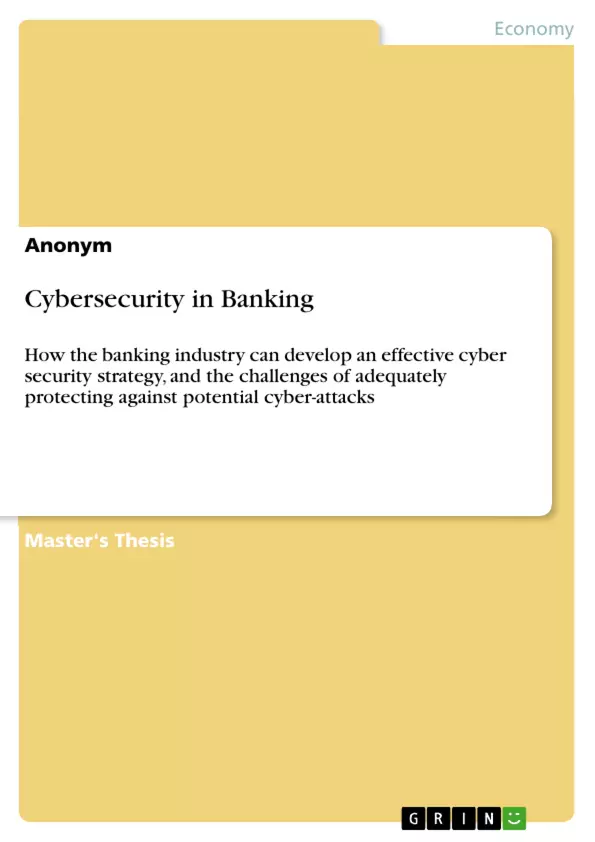Information and communications technology (ICT) has become a vital pillar of modern knowledge-based economies. New technologies, skills, and procedures are the drivers of the new information society. Technologies improve the productivity and competitiveness of businesses while expanding markets and creating new opportunities for employers and employees. However, the use of technological devices, systems, and networks exposes businesses to different risks, thus the need for investment in information security. Information security is defined as the protection of information, systems, devices, and networks from third parties' access, use, disruption, modification, disclosure, and destruction, and ensuring that the data and systems are always available, confidential, and of high integrity. In the digitally connected financial world, inadequate information security will be akin to putting people's and banks’ confidential and financial data at risk. In this sense, risk refers to security breaches resulting in personal embarrassment, financial ruin, stolen trade secrets, and other serious consequences. Malevolent users can exploit the technologies. In addition, banking technology infrastructure could become a target of organised crime and other malpractices. This paper investigates how the banking industry can develop an effective cyber security strategy, as well as the challenges of adequately protecting against potential cyber-attacks.
Inhaltsverzeichnis (Table of Contents)
- Chapter One: Introduction
- Background to the Study
- Statement of the Problem
- Research Objectives
- Research Questions
- Significance of the study
- Definition of Terms
Zielsetzung und Themenschwerpunkte (Objectives and Key Themes)
This research project aims to investigate the cybersecurity challenges faced by the banking industry and explore potential solutions for developing effective cyber security strategies. The study seeks to identify and analyze the key factors contributing to cyber threats in the banking sector and to propose a model for implementing robust ICT security measures for electronic transactions.
- Cybersecurity threats in the banking sector
- Factors influencing cyber security threats
- Development of a cyber-security model for banks
- Importance of ICT security for electronic transactions
- Impact of cybercrime on banking operations and customers
Zusammenfassung der Kapitel (Chapter Summaries)
- Chapter One: Introduction
- This chapter provides a detailed overview of the study's background, focusing on the increasing reliance of the banking sector on information technology and the growing vulnerability to cyber threats. It outlines the problem statement, research objectives, and research questions that guide the study.
- The chapter also discusses the significance of the research for various stakeholders, including policymakers, bank management, and the general public, highlighting the importance of understanding and mitigating cyber security risks.
Schlüsselwörter (Keywords)
This research paper focuses on cybersecurity in the banking sector, exploring the threats posed by cyberattacks, factors contributing to these threats, and the development of effective security strategies for electronic transactions. Key concepts include information security, cyber security, ICT security, electronic banking, cybercrime, and risk management.
- Quote paper
- Anonym (Author), 2022, Cybersecurity in Banking, Munich, GRIN Verlag, https://www.grin.com/document/1305834



